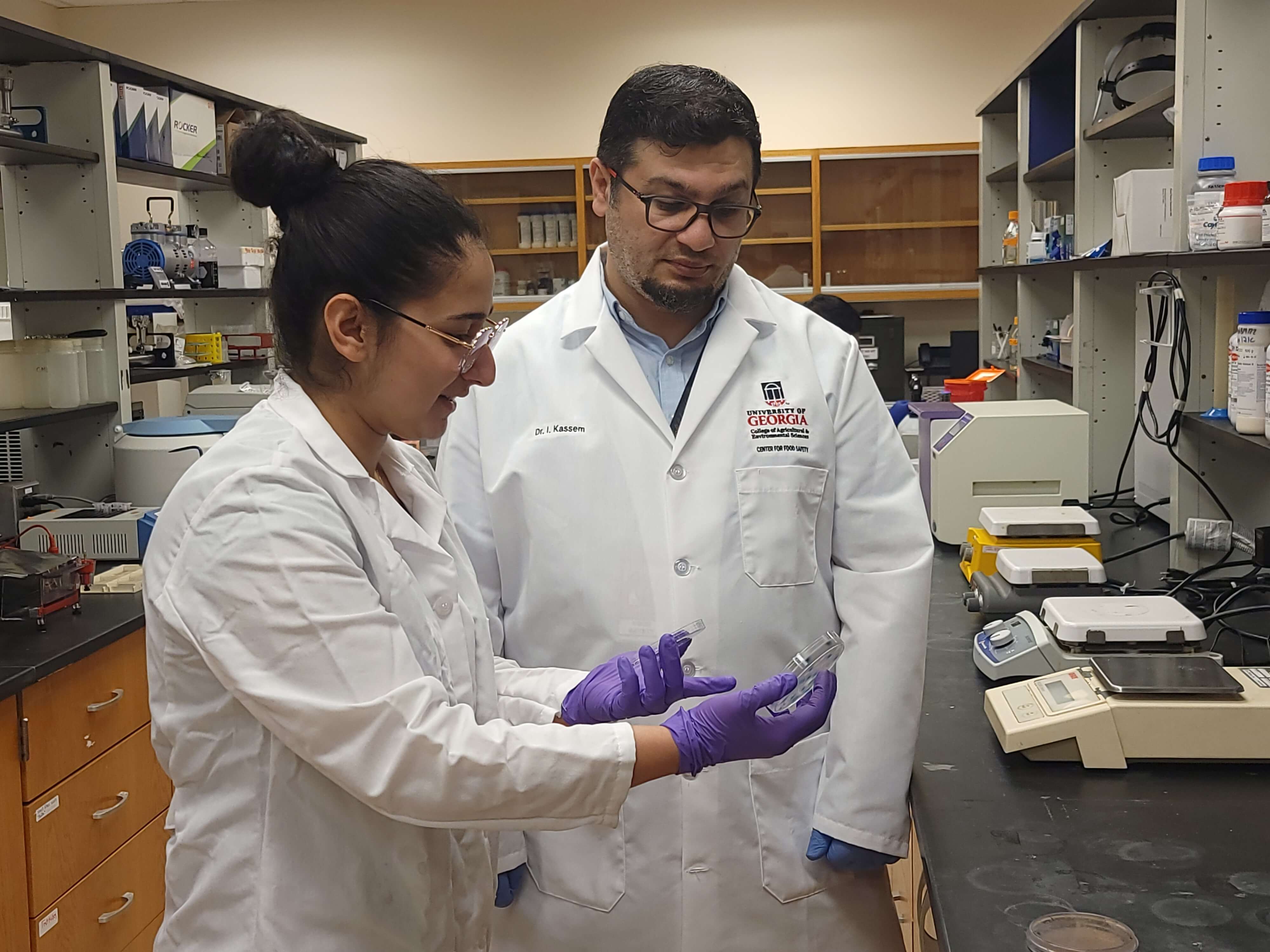Long known to be linked to higher levels of cholesterol and heart disease, artificial trans fats are now being slowly removed from the food supply.
Trans fats, found in many processed foods, such as cookies, crackers, frozen baked goods and other products, are no longer recognized as safe, according to a 2013 statement by the Food and Drug Administration (FDA).
In June 2015, the FDA ordered food companies to phase out the use of all partially hydrogenated oils, the main source of trans fat in processed food, within three years.
Ali Berg, University of Georgia Cooperative Extension specialist in the area of human nutrition and health promotion, welcomes the new regulations.
Food manufacturers have been required to include trans fat content information on the Nutrition Facts label since 2006. That change led many companies to severely limit or eliminate their use of partially hydrogenated oils, but many products – especially snack foods – still contain some trans fats.
What does this mean for consumers?
First, make sure to check the Nutrition Facts label for trans fat and saturated fat content. According to Berg, a registered dietitian and nutritionist, you should choose products with as few grams of trans fat as possible and be wary of products that contain partially hydrogenated oils on their ingredients list.
The Nutrition Facts label can state 0 grams of trans fat if the food product contains less than 0.5 grams of trans fat per serving, so if a product contains partially hydrogenated oils, it might contain small amounts of trans fat even if the label says 0 grams of trans fat.
“This is where the new regulations really make a difference to consumers,” Berg said. “By 2018, even those ‘hidden’ fats will no longer be allowed in our food.”
While eliminating trans fats from your diet is a wise decision, Berg wants to make sure that consumers make the distinction between trans fats and other types of dietary fats that are important for good nutrition. Not all fats are bad. Fat provides flavor, consistency and stability in foods, while also helping you feel full.
“It’s not that all fat is bad fat,” Berg said. “It’s the types of fat and the amount of it that we eat that can cause health problems.”
Healthy fats are important for proper growth and development, especially among infants, toddlers and children. Dietary fats are also a major source of energy and help in the absorption of vitamins A, D, E and K.
Monounsaturated and polyunsaturated fats, referred to as “heart-healthy fats,” can be found in plant and animal products. Regular consumption of these fats is associated with a reduced risk of cardiovascular disease.
Good fats can be found in avocados, olive oil, omega-3 fatty-acid-rich fish (like salmon, mackerel, trout and tuna), eggs, nuts, beans and seeds.
Increasing your intake of good fats and decreasing your intake of bad fats, like saturated fats and trans fats, including partially hydrogenated oils, will help reduce your risk of heart disease and will improve your health overall, Berg added.
The FDA also recommends these tips when choosing foods:
- Switch from stick margarine to soft margarine (liquid, tub or spray).
- Limit commercially prepared (ready-made) baked goods like muffins and snack cakes. For an easy swap, try prepackaged cut apples or baby carrots in place of packaged cookies or crackers.
- Choose lean cuts of meat and skinless poultry.
- Substitute fat-free (skim) or low-fat (1 percent) milk and milk products (such as yogurt and cheese) or fortified soy beverages for full-fat (whole) milk and milk products.
- Eat plenty of foods that are naturally low in fat and high in dietary fiber, such as whole grains, beans, peas, fruits and vegetables.
- Cook and bake with liquid oils, like canola or olive oil, instead of solid fats, like shortening, butter or lard.
- Try baking, steaming, grilling or broiling. These cooking methods do not add extra fat.
- When eating out, remember to ask which fats are being used to make the food you’re ordering. You can also ask to see nutrition information, which is available in many fast food and chain restaurants, and choose a lower fat option.
For more information, check out the FDA’s website at www.fda.gov or eatright.org, the website of the Academy of Nutrition and Dietetics, the world’s largest organization of food and nutrition professionals.






